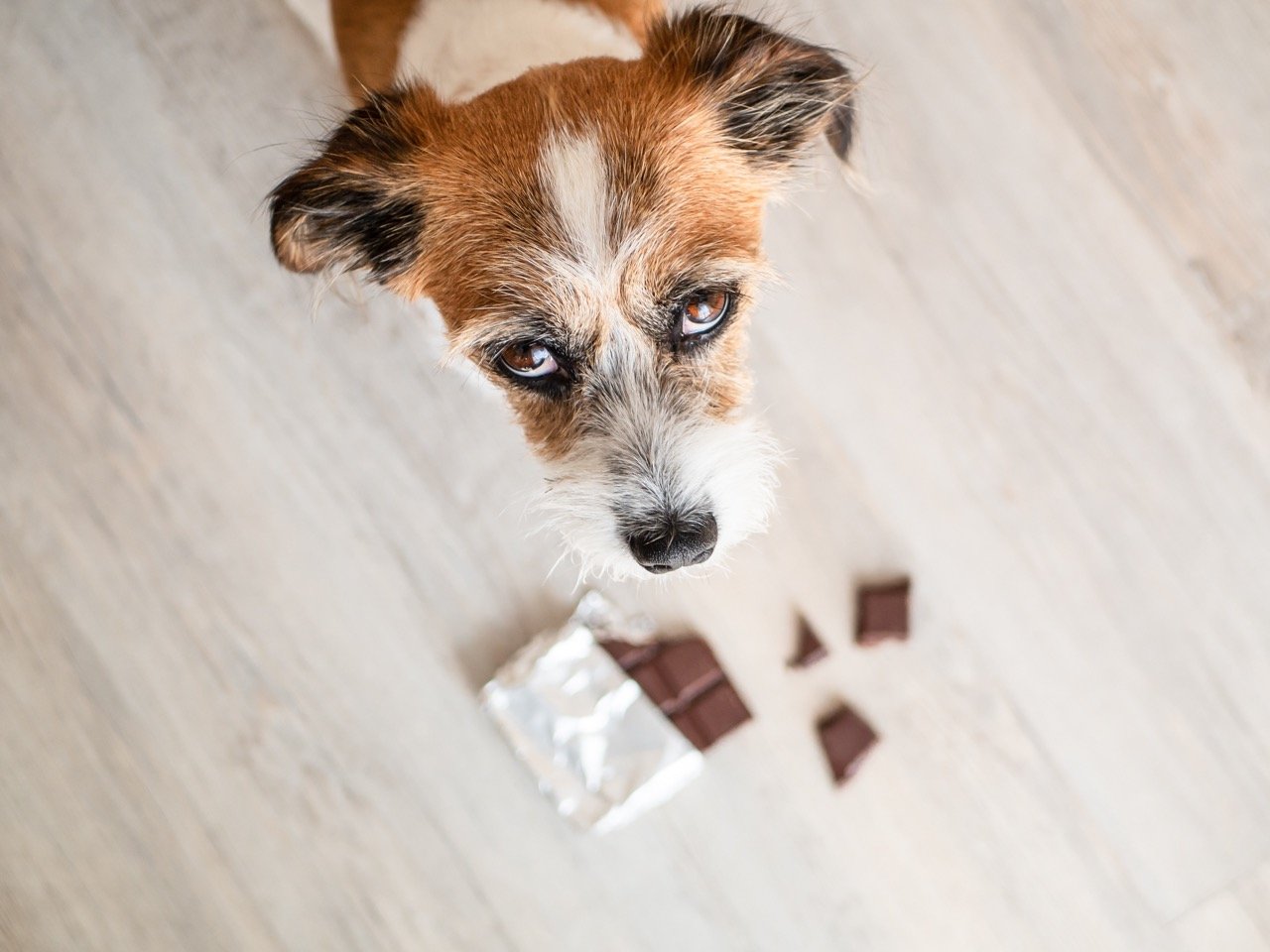Dangers of Chocolate Toxicity in Dogs & Cats: What Pet Owners Need to Know

As a responsible pet owner, your primary goal is to ensure the health and safety of your furry companions. While sharing your favorite treats can be tempting, it’s crucial to remember that not all human foods are suitable for pets. One of the most significant foods pets need to avoid is chocolate. In this comprehensive guide, we will explore the toxicity of chocolate in dogs and cats, the symptoms of chocolate poisoning, and essential steps to take if your pet ingests chocolate.
Understanding Chocolate Toxicity in Pets
Chocolate contains two toxic compounds: theobromine and caffeine. Both of these belong to a class of chemicals known as methylxanthines, which dogs and cats metabolize much more slowly than humans do. This slower metabolism makes even small amounts of chocolate potentially dangerous for our pets.
Theobromine and Caffeine: What Pet Owners Should Know
-
Theobromine: This is the primary toxin found in chocolate. Dogs are particularly sensitive to theobromine, and ingestion can lead to severe health issues. The amount of theobromine varies depending on the type of chocolate, with dark chocolate and baking chocolate containing higher concentrations compared to milk chocolate.
-
Caffeine: Similar to theobromine, caffeine poses a risk to pets, though it is generally present in smaller amounts. Even so, caffeine's stimulant effects can lead to serious complications when ingested by dogs or cats.
Types of Chocolate and Their Levels of Toxicity
Understanding the different types of chocolate and their associated risks is critical for pet owners:
-
White Chocolate: Contains minimal theobromine and is largely considered safe in very small amounts, but it is still not recommended.
-
Milk Chocolate: Contains moderate theobromine levels and can be harmful, especially in larger quantities.
-
Dark Chocolate: Has a higher concentration of theobromine, making it significantly more dangerous for pets.
-
Baking Chocolate: Extremely rich in theobromine and poses the highest risk to dogs and cats.
-
Cocoa Powder: Contains substantial theobromine levels, making it highly toxic.
Symptoms of Chocolate Poisoning in Dogs and Cats
It’s essential to recognize the signs of chocolate poisoning as they can escalate rapidly. Common symptoms include:
- * Vomiting
- * Diarrhea
- * Increased heart rate
- * Restlessness or hyperactivity
- * Muscle tremors or seizures
- * Elevated body temperature
- * Excessive thirst or urination
Symptoms may appear within a few hours of ingestion, and their severity will depend on the type and amount of chocolate consumed compared to the pet's weight.
Immediate Steps to Take if Your Pet Eats Chocolate
If you suspect that your dog or cat has ingested chocolate, quick action is vital:
-
Assess the Situation: Identify the type of chocolate consumed and estimate how much your pet ingested.
-
Contact a Veterinarian: Reach out to your vet or an emergency animal clinic as soon as possible. Provide important information, including your pet's weight, the type of chocolate, and the estimated amount ingested. If you're a GoodCharlie energy customer, you have free, unlimited immediate access to chat or speak with licensed vets right in your MyAccount via the free 24/7 Video Vet Pet Perk. Not a GoodCharlie customer? Get free access to the 24/7 Video Vet for a limited time here.
-
Follow Professional Guidance: The veterinarian may suggest inducing vomiting in dogs if the ingestion occurred recently. Never attempt this without professional advice.
-
Treatment Options: Depending on the severity of the case, the vet may recommend treatments such as activated charcoal to reduce chocolate absorption, IV fluids for hydration, or medications to alleviate symptoms.
Preventing Chocolate Toxicity in Pets
Prevention is the best strategy to keep your pets safe from chocolate poisoning in dogs and cats. Here are some key tips:
-
Educate Family and Friends: Ensure that everyone in your household knows not to share chocolate treats with your pets.
-
Store Chocolate Safely: Keep all chocolate products well out of reach, preferably in cabinets or on high shelves.
-
Be Cautious During Holidays: Holiday seasons often see a rise in chocolate treats. Stay vigilant to prevent accidental ingestion.
-
Provide Safe Alternatives: Consider offering pet-safe treats designed exclusively for dogs and cats to satisfy their cravings.
Conclusion: Protecting Your Pets from Chocolate Toxicity
Chocolate toxicity is a serious risk for dogs and cats, and all pet owners must understand the potential dangers. By staying educated on the risks, being aware of the symptoms, and knowing how to respond, you can ensure the health and safety of your pets. Always consult with your veterinarian if you suspect chocolate ingestion. With the right knowledge and vigilance, you can enjoy your chocolate treats while keeping your beloved pets safe from harm.




